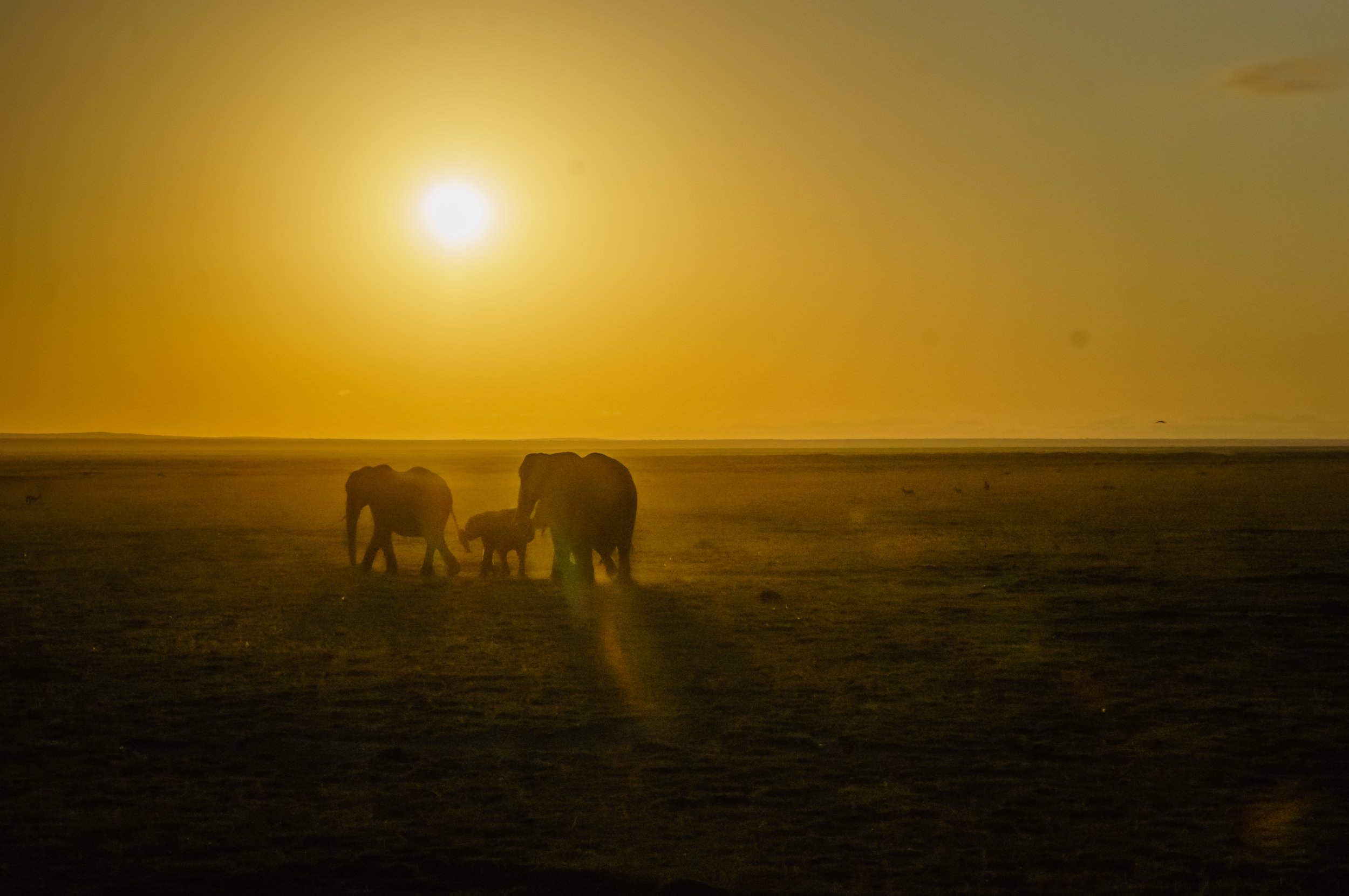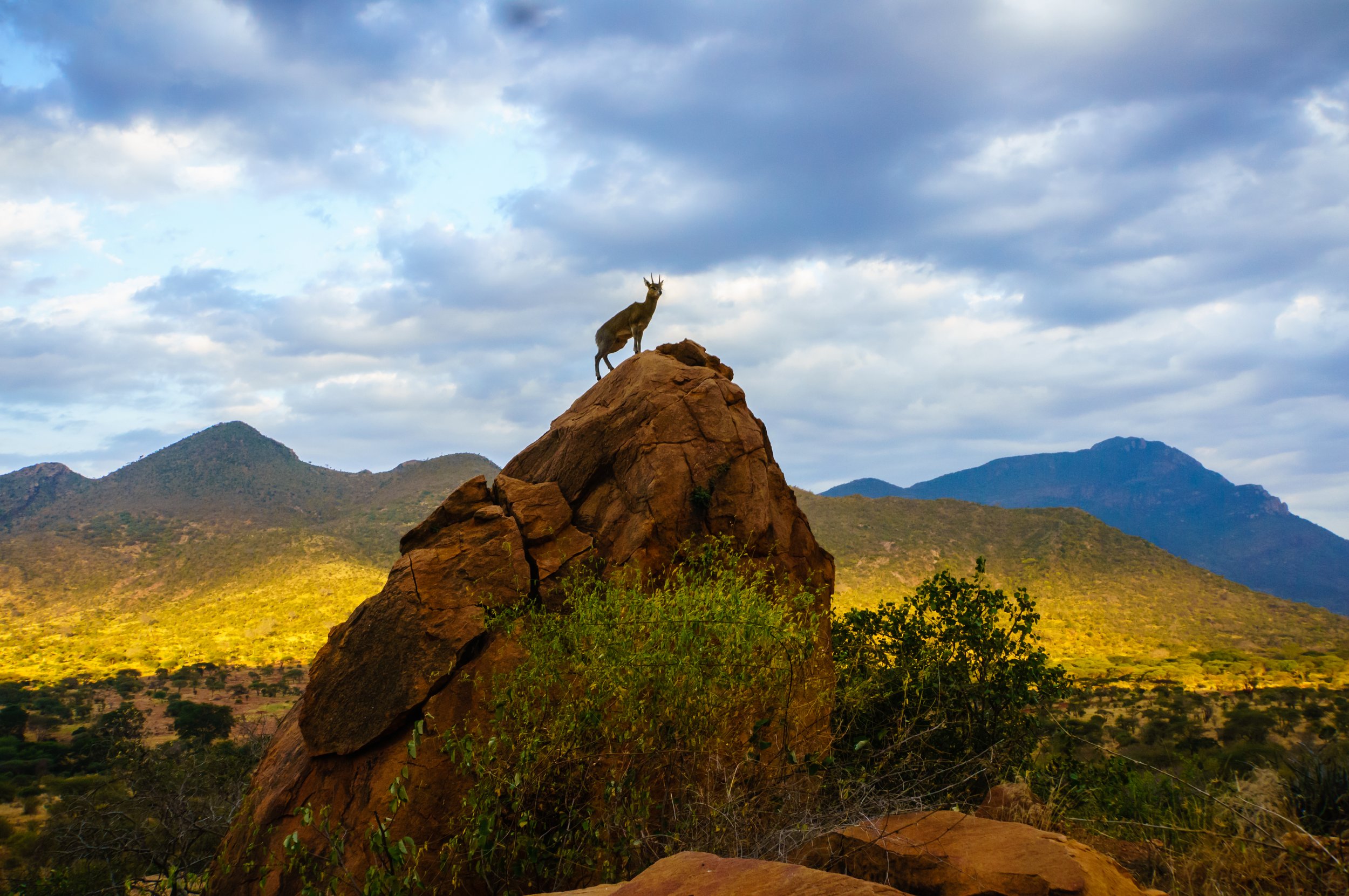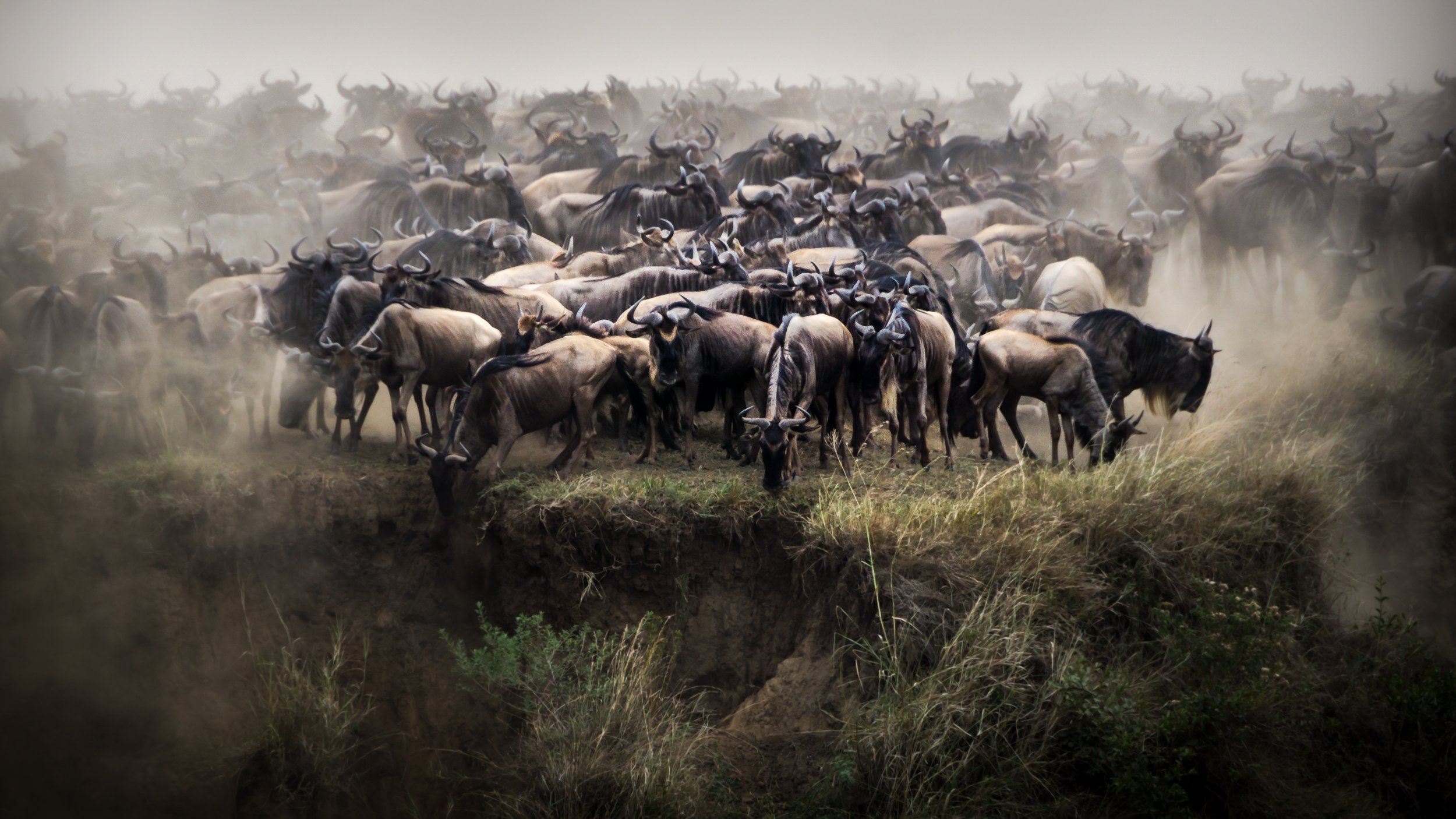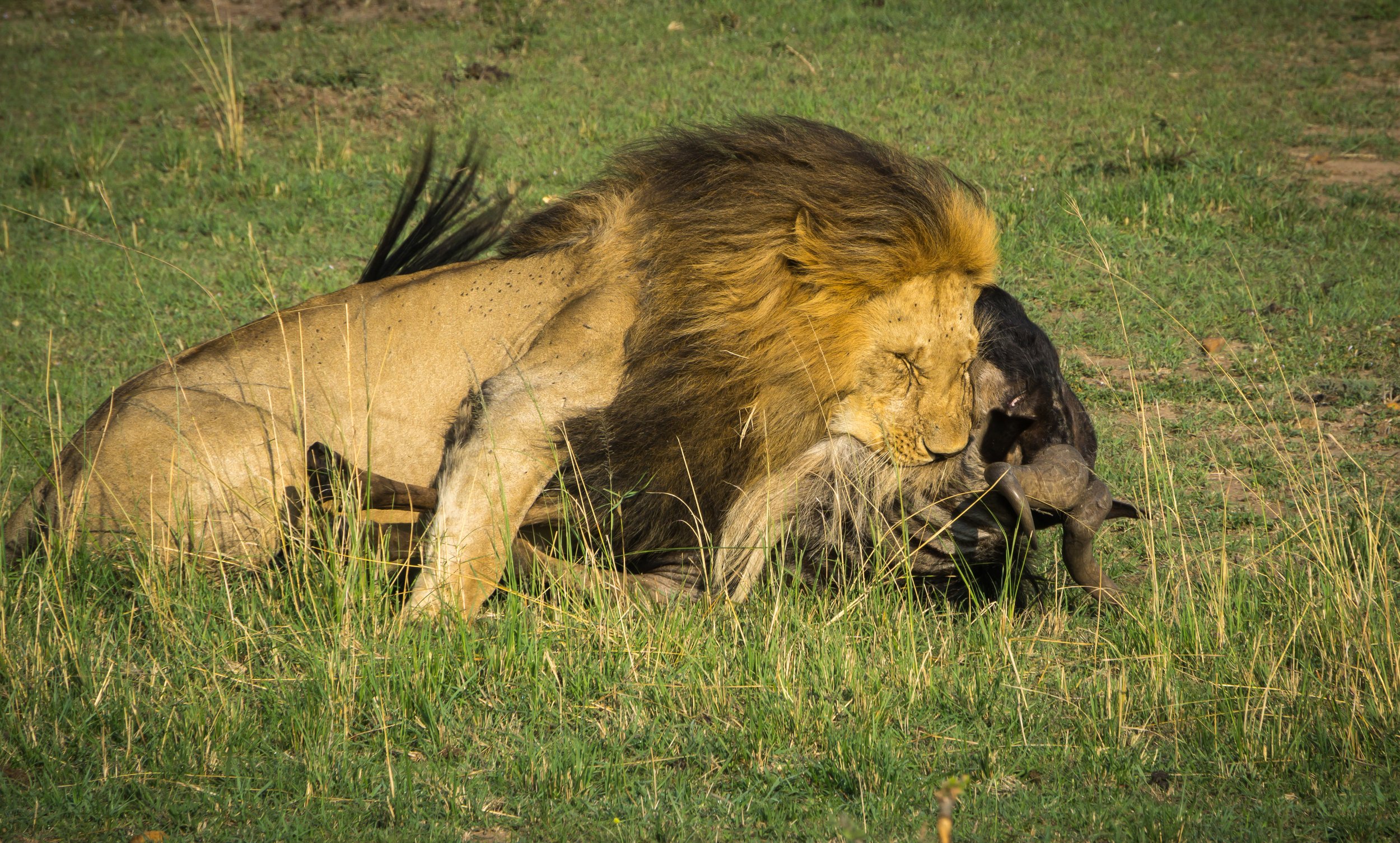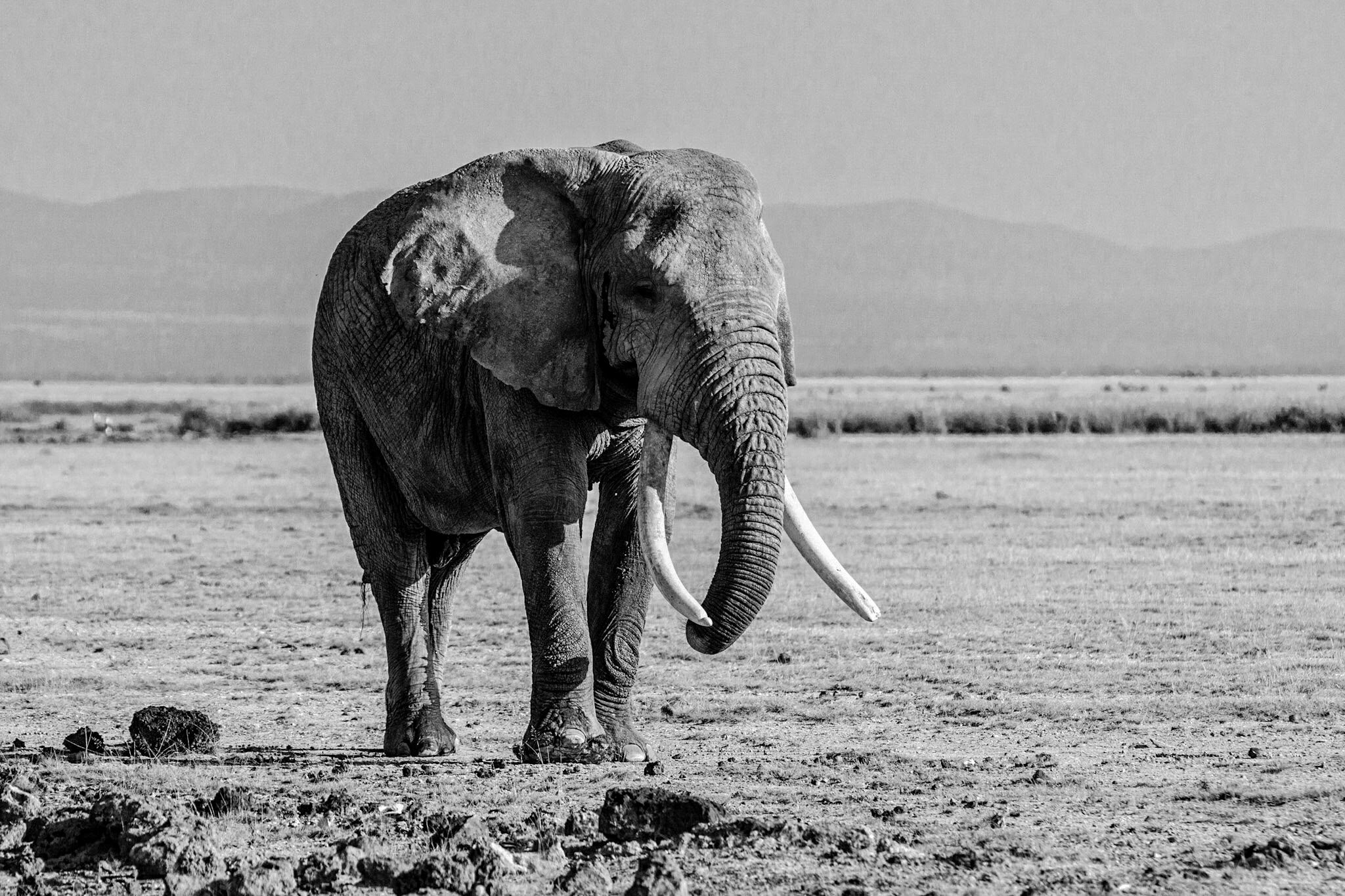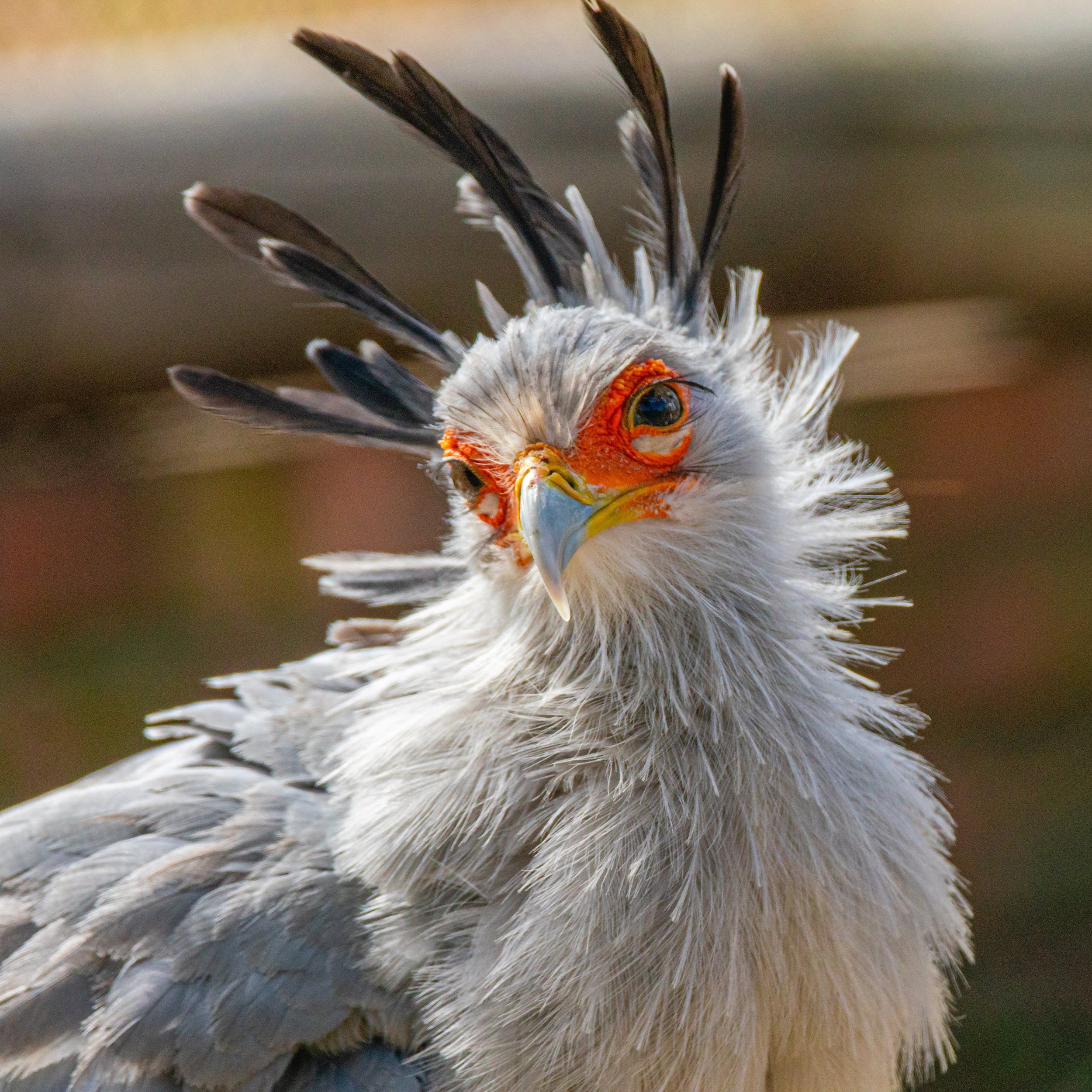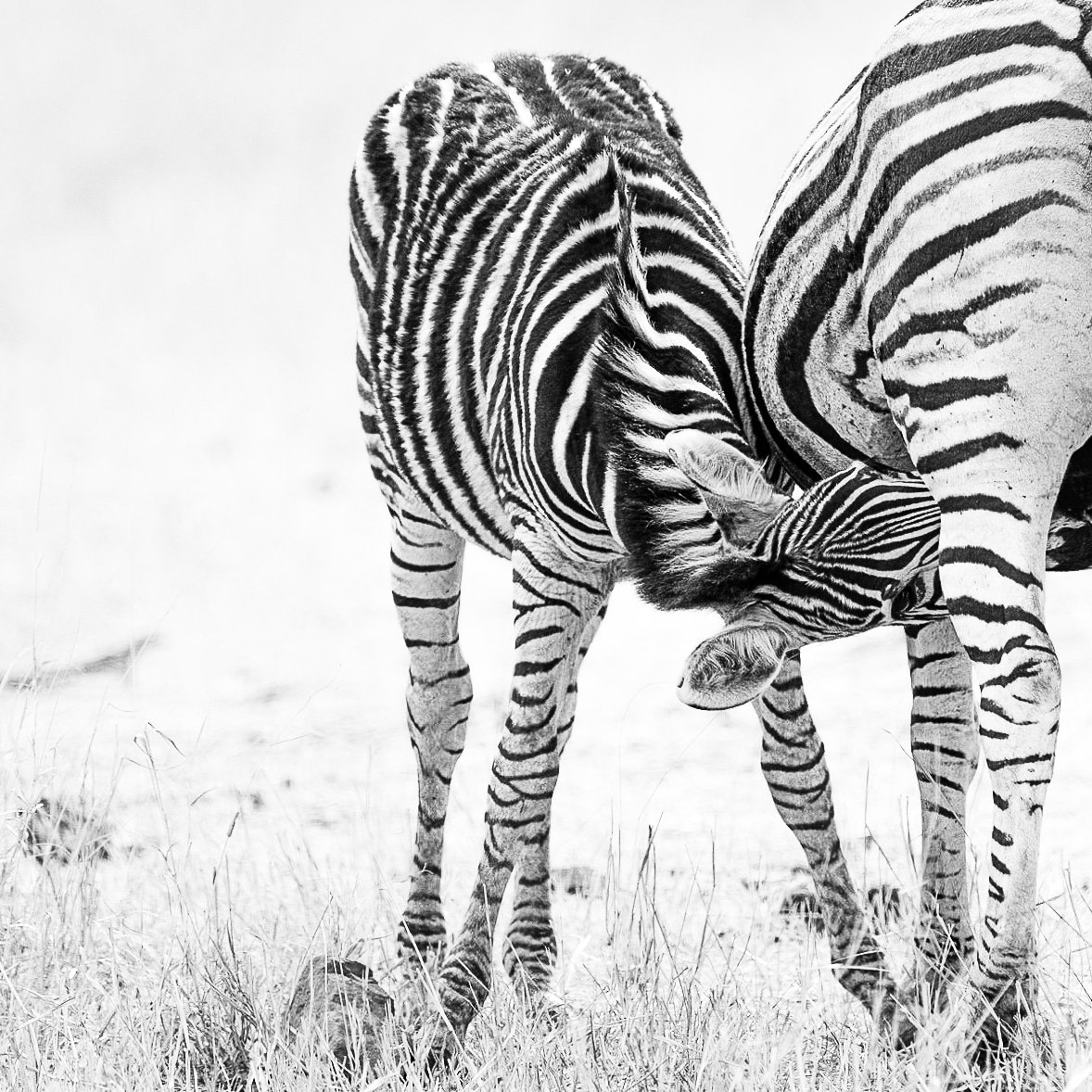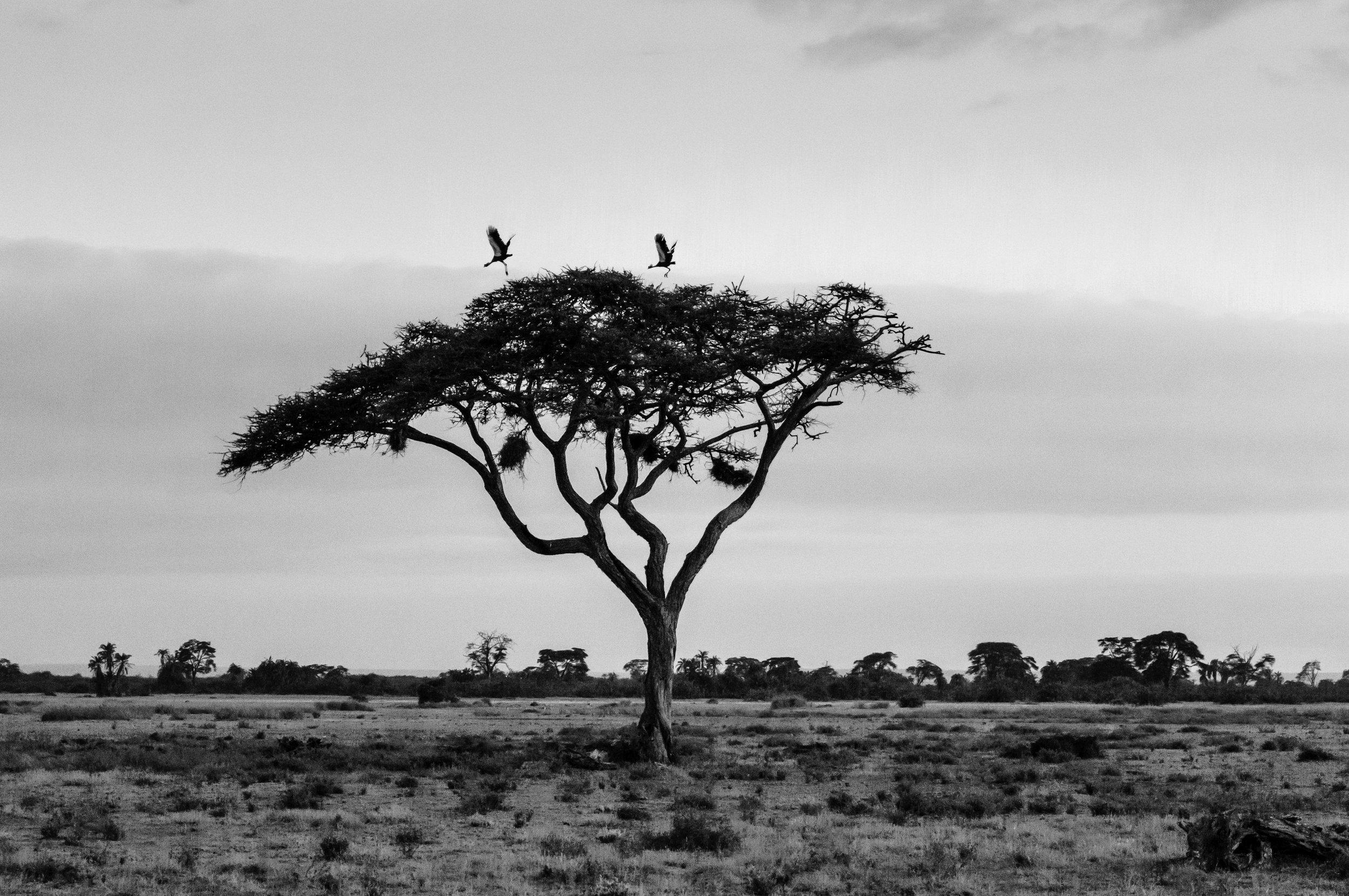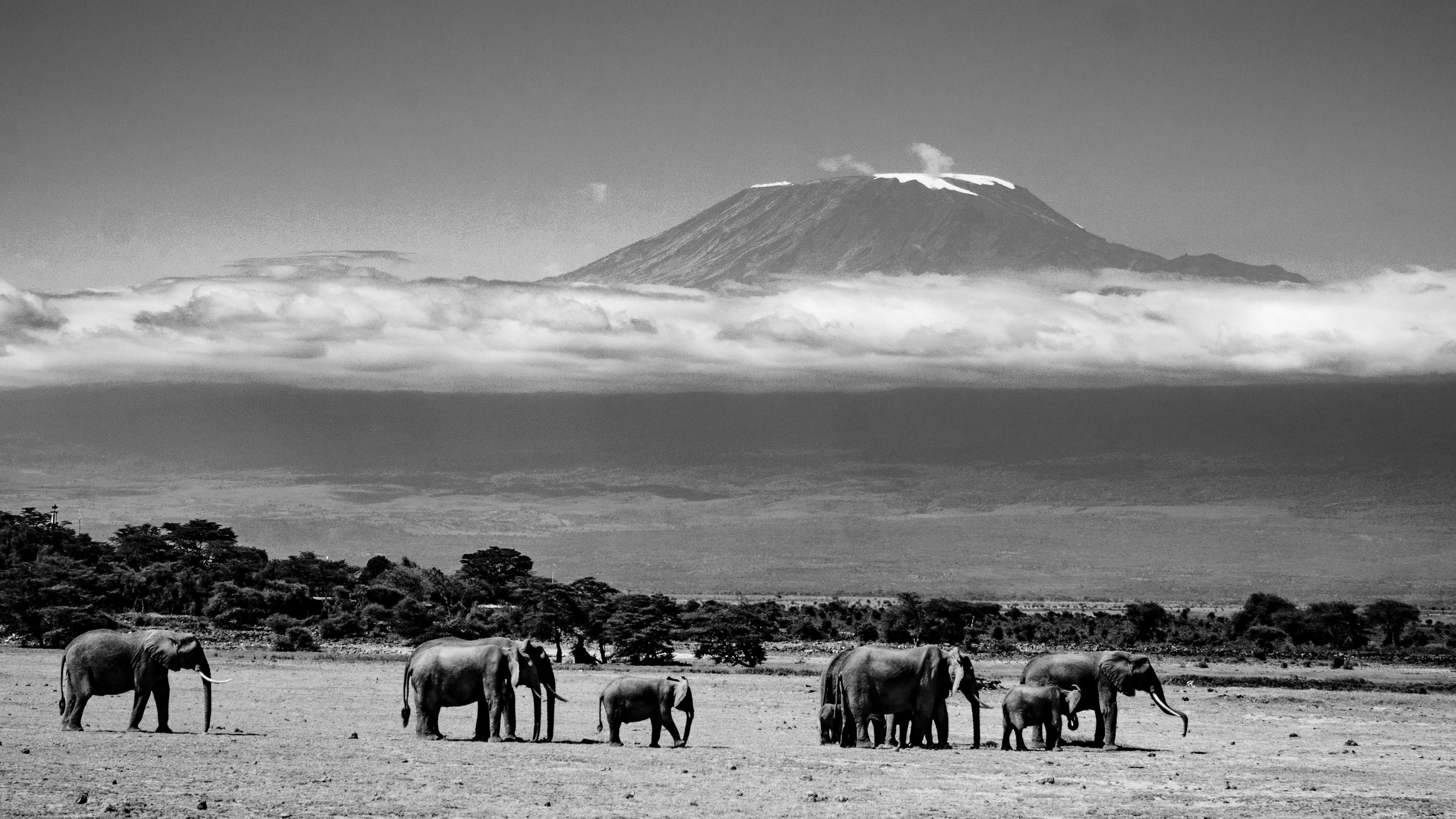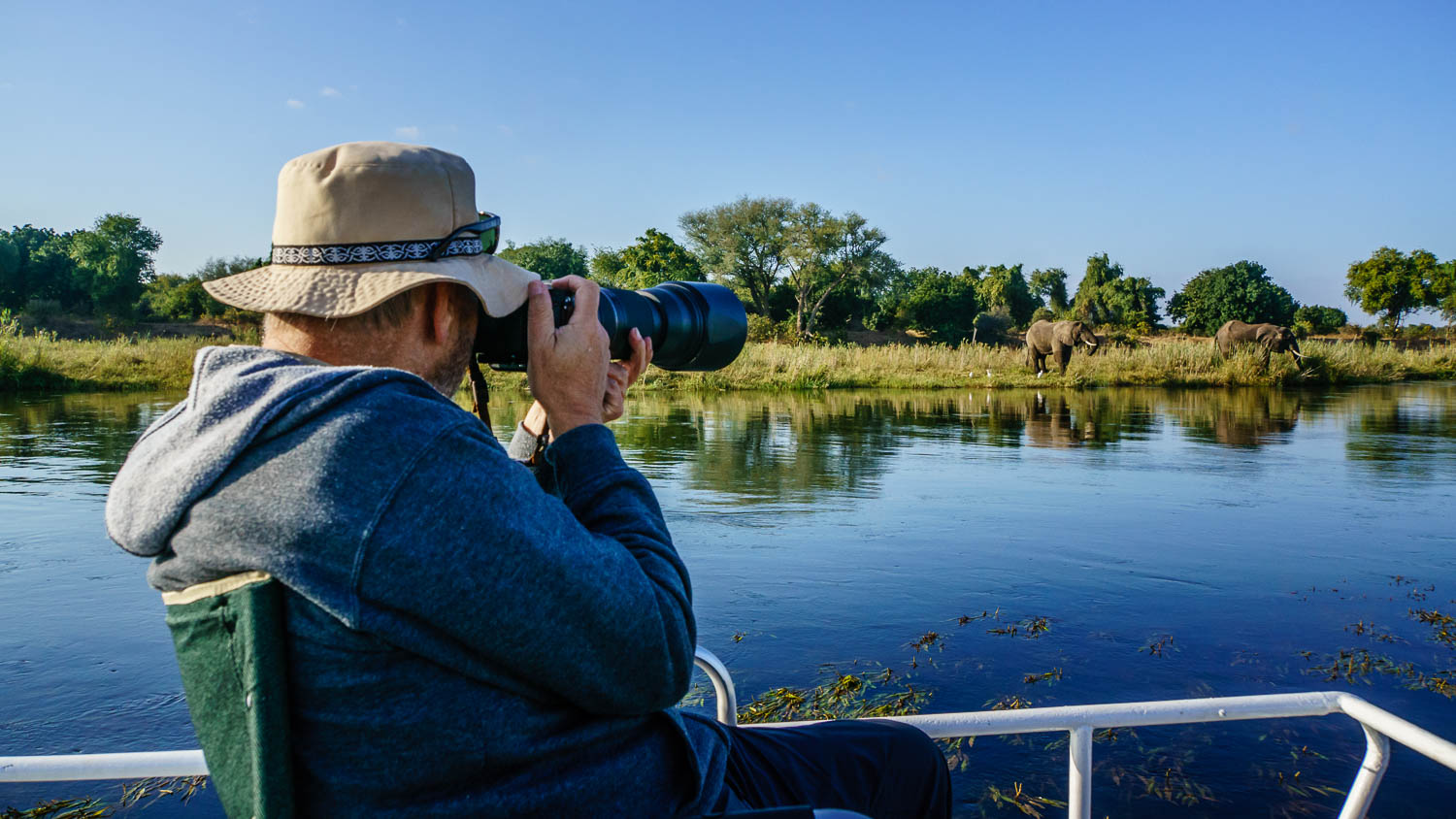Wild Africa Exhibition
Wild Africa Exhibition - Wild Studio - Leigh
Photographer: Guy Parkes
www.guyparkes.com
the Photographer, the A.I and the Elephant
A blog series of photographers and AI discussion on the Role of the newest Intelligence on earth in understanding all intelligence forms on Earth.
Blog 1 Witness Consciousness and its role in photography
The role of a wildlife photographer is to be a silent witness observing and capturing reality with honesty and presence. Beyond mere documentation, we bear silent testimony to moments, revealing truths often unnoticed. Our primary role is not to manipulate but to offer a window into the world—authentic, unfiltered, and anchored in the act of seeing with integrity.
Zambezi River Mana Pools Zimbabwe. A drifting barge is a great platform to navigate some of the smaller channels
The matriarch
The elephant matriarch leads her herd with wisdom gained from experience. She guides migrations, finds water and food, and protects against threats. Her memory and leadership ensure the survival of the group. As a living library of knowledge, she holds the social and emotional fabric of the herd together.
Chobe River Botswana
The Patriach: The elder bull, or patriarch, plays a quieter yet vital role. Though often solitary, he mentors younger males, teaching them social behavior and restraint. His presence stabilizes bull groups, preventing aggression. sepertae form the herd he does visit, he leads by example, embodying strength, experience, and the deep memory of the land and its ways.
A new intelligence is now with us an AI, it will play many roles but a developing opportunity is AI acts as a tool, partner, and mirror—processing data, solving problems, and extending human capability. It augments decision-making, reveals patterns beyond human reach, and executes tasks with speed and precision. Yet, its deeper role lies in reflecting humanity’s intentions, ethics, and wisdom—or lack thereof—in how it is created and used.


